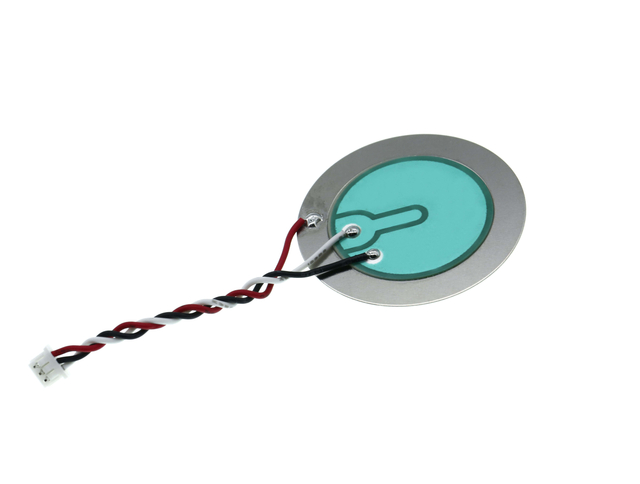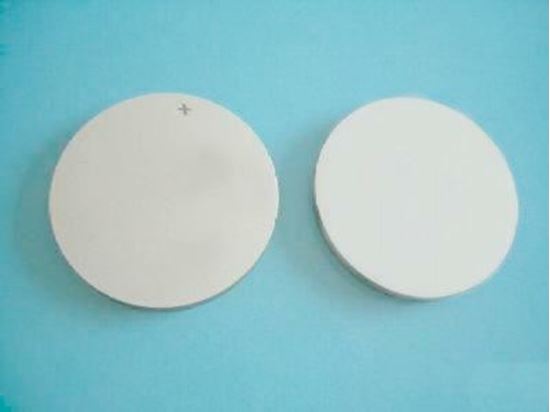

In a short circuit, the generated charge is proportional to the effective piezoelectric strain constant (d) and the applied force amplitude. In an open circuit, the generated voltage is then proportional to the effective piezoelectric voltage constant (g), to the applied force amplitude and to the thickness of the piezoelectric ceramic. In the quasi-static regime, we can use the equations of piezoelectricity to estimate the voltage and charge delivered by piezoelectric ceramic. Which piezoelectric material is capable of producing the highest voltage and most charge?

The latter is the principle of the most widely used measurement of the properties of piezoelectric materials. An alternating electric field produces a vibration in the piezoelectric that depending on the frequency, can be detected as sound, as a pattern produced by laser interferometry due to the strain at the material surface or, when the vibration produces a resonance, by monitoring the complex impedance change of the material as a function of the frequency. This effect is also used to monitor the piezoelectric properties. The so-called converse piezoelectric effect, the generation of a strain (expansion or compression) when piezoelectric is subjected to an electric field of a given polarity, is used in the generation and detection of vibration in non-destructive testing by ultrasounds, industrial and medical, sonars, ultrasonic motors and a large range of applications.

with frequency of 100Hz or below) mechanical stress in a given direction causes a strain in the piezoelectric material that generates a voltage in the same direction, which measured and compared with the one generated by a reference material gives the piezoelectric coefficient. This is also the principle of a Berlincourt type meter of the piezo-coefficient d33: quasi-static (i.e.

This is used in energy-harvesting applications: we can step on, and consequently mechanically deform a piezoelectric tile obtaining as result a voltage generation that can be detected, for example as light. How can the electrical properties of piezoelectric materials be monitored?Ī piezoelectric material transforms mechanical strain into voltage, the so-called direct piezoelectric effect. Thermal expansion mismatch between the film and the substrate introduces stresses, which influence the structure and Reduced by introducing barrier layers or decreasing the sintering temperatures. Upon sintering of such heterostructures reactions at the interface of different materials may occur, and they can be The thicknesses of a few µm to a few tens of µm are achieved by various techniques, such as screen Miniaturisation of piezoelectric elements or devices may be achieved by integrating piezoelectric ceramic in theįorm of a thick film on a conductive substrate, for example on platinized alumina. What is the impact of manufacturing limitations on the ability to integrate piezoelectric materials with Powders and sintering of the resultant powder, should be performed with care.Įvaporation of lead oxide during sintering may result in a loss of stoichiometry and consequent deterioration ofįunctional properties and thus it should be reduced, usually by sintering in the presence of a packing powder. Therefore manufacturing of PZT ceramics, by solid state synthesis involving calcining the mixture of constituent oxide Lead is a toxic element, harmful to both people and the environment. Lead-based bulk ceramics, such as the most commonly used Pb(Zr,Ti)O3 or PZT-based compositions, contain more than Which parameters are important in the manufacturinge of piezoelectric materials? Piezoelectricity is an established and safe technology. The word is derived from the Greek piezein, which means to squeeze or press. Industries, and for environmental monitoring. This effect makes piezoelectric materials effective in sensors and transducers used in the automotive and healthcare They also have the opposite effect – the application of electric voltage produces mechanical strain in the Piezoelectricity is the ability of certain materials to generate an electric charge in response to mechanical


 0 kommentar(er)
0 kommentar(er)
